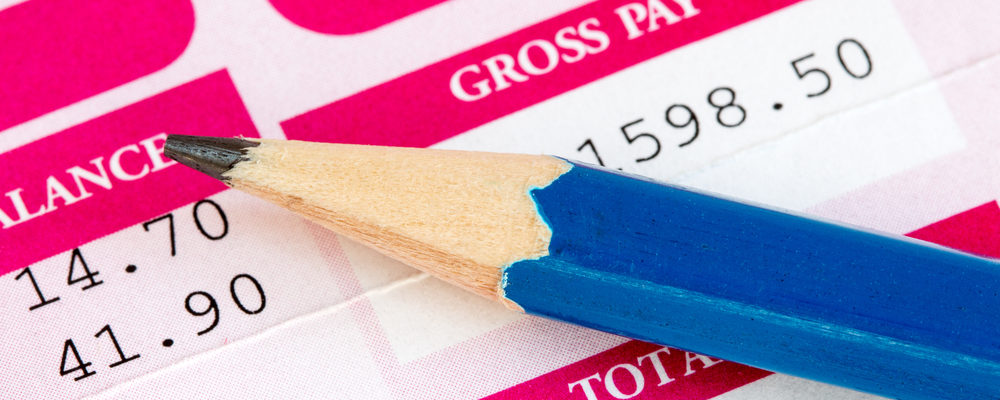Just a few days after UK firms scrambled to file their gender pay gap data, Forbes published an intriguing piece about US entrepreneur Lauren McGoodwin’s attention-grabbing side-line The Salary Project: a free web platform to which women can volunteer details about how much they’re being paid. The idea behind the site is that over time, it will become a living, breathing heat-map of women’s salary fortunes right across the industrial spectrum.
Asked whether the platform had flagged up any surprises, McGoodwin said: “I was surprised at the response – thousands and thousands of submissions in the first week! It proved to me that salary transparency is on the minds of women everywhere, and we’re not going to stand for just not knowing anymore. It made me realise how willing women are to share their salaries with each other if it means effecting positive change.
“And it’s not just that people are passively curious, it’s that they need this information to take action. We’ve received emails from women who have used it to negotiate a job offer or ask for a raise - it’s amazing how empowering having those numbers can be.”
In terms of what practical steps women should take to ensure they are earning the correct sums, she adds: “I always advise women to reach out to at least three men and three women at her company, or in similar roles at other companies, and ask if they’d be willing to share their salary details or range. Tell them you’re trying to make sure you’re paid fairly for your work. If someone says no thanks, that’s totally okay! Ask someone else.”
From time immemorial, salaries have been the root of confusing and highly inconsistent workplace politics, with some firms being fully open about who earns what, and others being ruthlessly secretive. Particularly with gender pay such a burning issue, is it time for full wage transparency across the board – if not on precise figures, then at least on the ranges in which people’s earnings sit?
The Institute of Leadership & Management's head of research, policy and standards Kate Cooper says: “I was recently at a Royal Television Society event called ‘Closing the Gender Pay Gap in Television’, where the speakers included Harriet Harman and equality and diversity expert Charlotte Sweeney OBE. One of the strongest messages that came from the discussion was that greater transparency would resolve many of the problems that have grown up around pay. We really do need to find out more about what other people are earning.”
On the basis of that event, Cooper suggests that the most interesting way to depersonalise the issue would be to set an hourly rate for each job. “With that in place,” she notes, “you’d address two problems. Firstly, you would get the person out of the way, and all of the legacy issues around what they were paid in their most recent roles – that ever-escalating scale, which tends to advantage men. Secondly, you would eliminate the discount, which organisations seem to apply mostly to women, whereby someone working 25 hours per week on a certain brief is paid less, per hour, than someone working 40 hours per week on an identical brief. Which, of course, makes no sense whatsoever.”
She adds: “as a solution, that transcends the personal element. And just as importantly, it also addresses the casualisation of some industries, whereby workers are increasingly being paid on a project basis. So setting hourly rates, amid a climate of openness about those rates, would also encourage greater transparency with contractors – and that could only be a positive step.”
For further insights on building trust, check out these learning resources from the Institute

